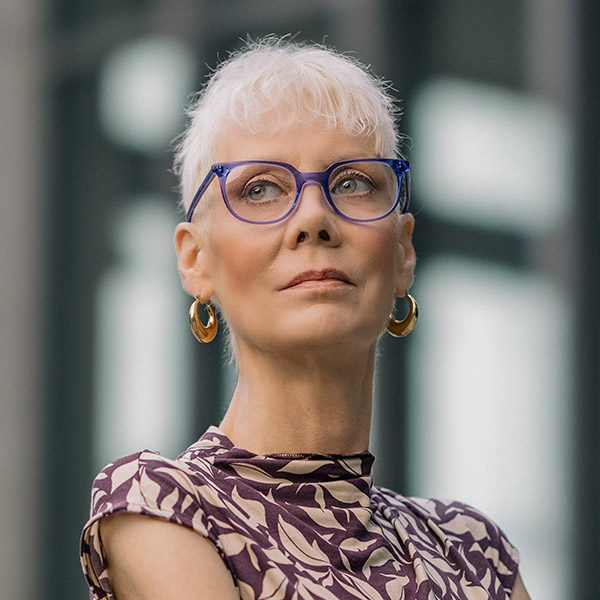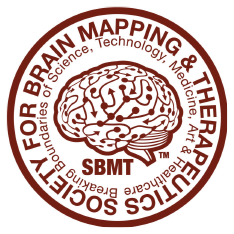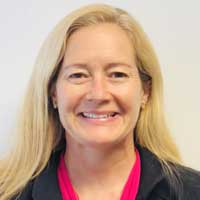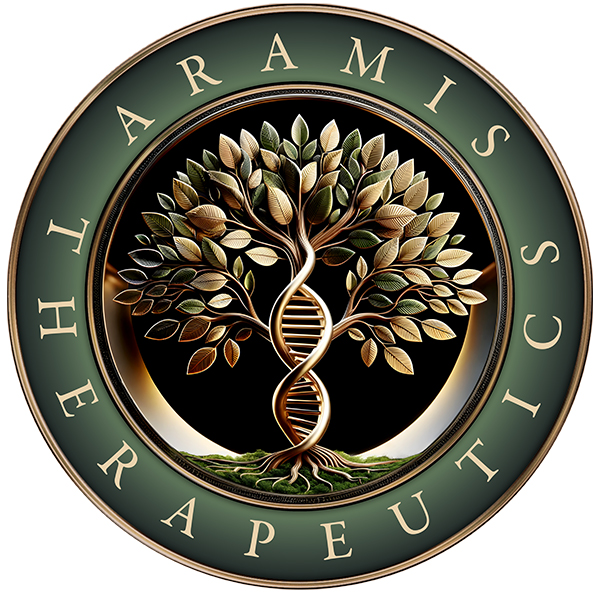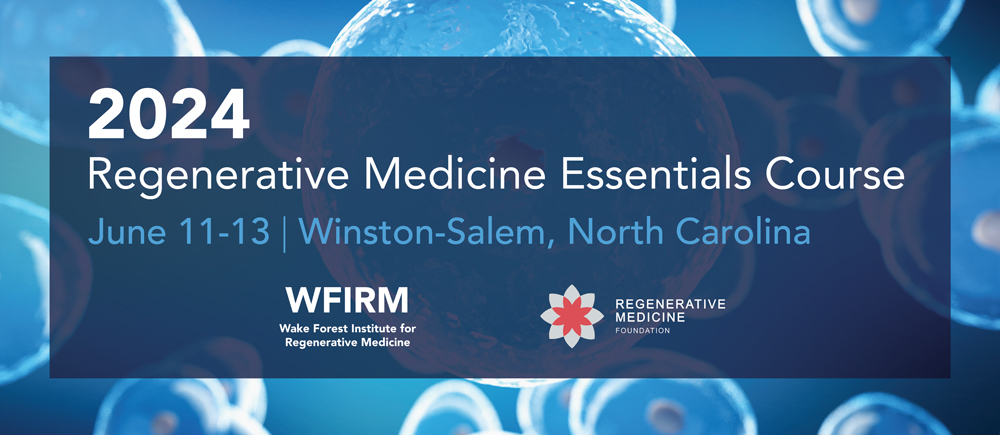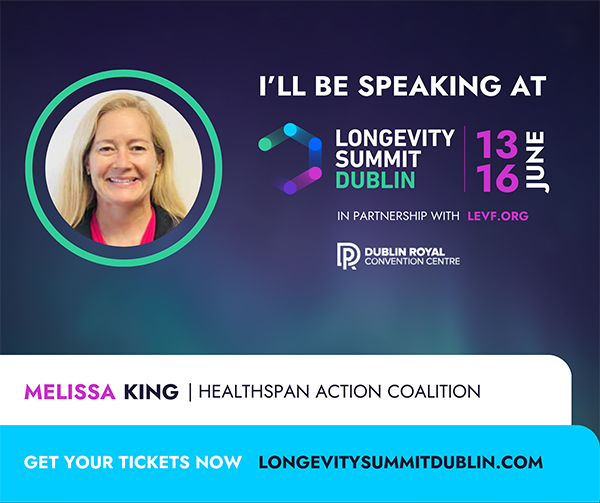From the Editor
Each month, the Compass presents news and developments at the convergence of longevity and health—the healthspan. The challenge is distilling an explosion of news bearing on healthspan down to some of the most consequential research and analysis. This issue covers a scientific initiative that could potentially lead to the regeneration of human limbs and organs, the creation of “anthrobots,” tiny biological robots that can heal ailing neurons, and a discovery that brain cells in Alzheimer’s experience accelerated aging. Then we ask how wildly popular GLP-1 weight-loss drugs like Wegovy could affect healthspan, report on nanoparticles that can breach the blood-brain barrier to treat cancers, and explore how climate change is affecting older people. Hopefully you’ll walk away with a glimpse of just how vital, diverse and exciting the field of healthspan is.

Why Can’t a Human Be More like a Salamander?
Could a human regenerate an organ or a limb, like starfish or Axolotls, the little smiling salamanders that retain neoteny, or qualities rarely seen in organisms past the larval stage? And, Frankenstein aside, could electricity play a role? Jim Jenson, CEO of a company called Morphoceuticals, is betting that it could. The company is mapping the bioelectrome—the dynamic network of electrical cell signaling going on continuously throughout the body. These signals control the shape and form of cells, and tell them when to regenerate or to stop growing. The process is aided by cellular ion channels, the body’s pathways for electrically charged ions to send signals to other cells. These channels can be manipulated with drugs, so now the search is on for a drug that can stimulate regeneration through the manipulation of ion channels. Longevity.Technology interviewed Jenson, and provides insight into the mysterious bioelectrome, and how it could possibly be harnessed to repair and regenerate damaged organs and limbs.
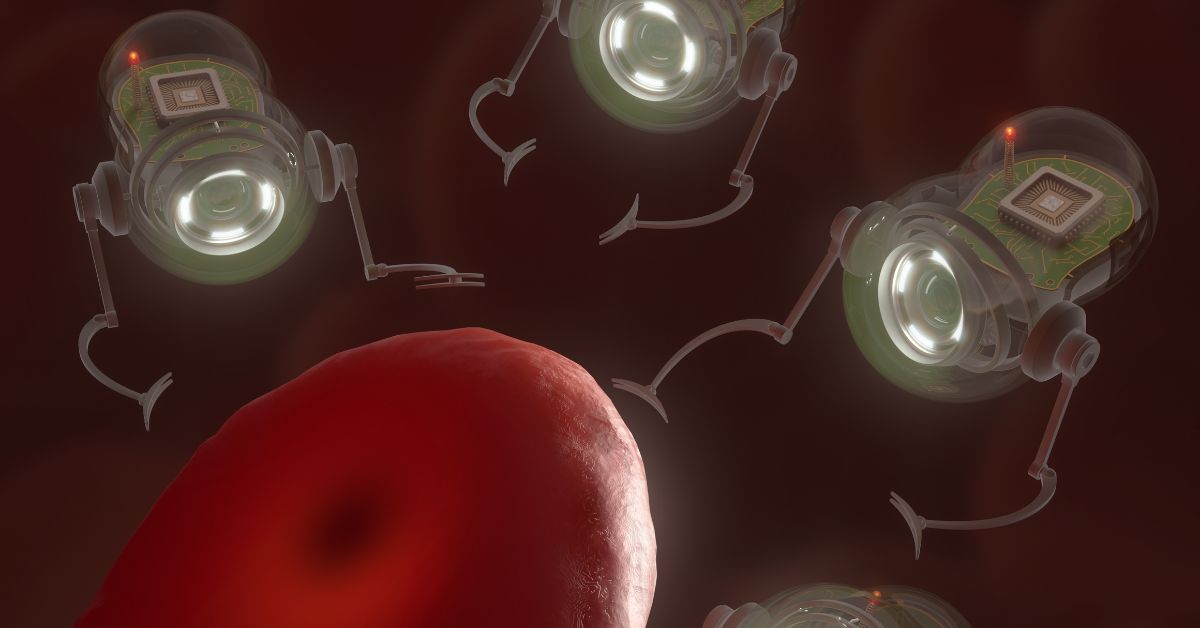
Here Come the Anthrobots
Is it my imagination, or are the classifications for useful types of robots growing by leaps and bounds? First there were robots, then bots, chatbots, nanobots, biobots, xenobots and well, now there are living, self-assembling anthrobots made of human cells that help heal and regenerate damaged tissues. The discovery, led by Michael Levin at Tufts and PhD student Gizem Gumuskaya, was originally reported in November 2023, and was recently revisited by Neuroscience News. The researchers at Tuft University and Harvard’s Wyss Institute made the anthrobots from human tracheal cells that, when introduced to damaged neurons, had healing properties and encouraged the birth of new neurons. The cells behave in ways that far exceeds their original role in the body thanks to manipulation of the their signaling functions. It’s hoped that the tiny cellular bots, which can be genetically matched to a donor/patient by harvesting their adult cells, will lead to more regenerative medicine treatments.
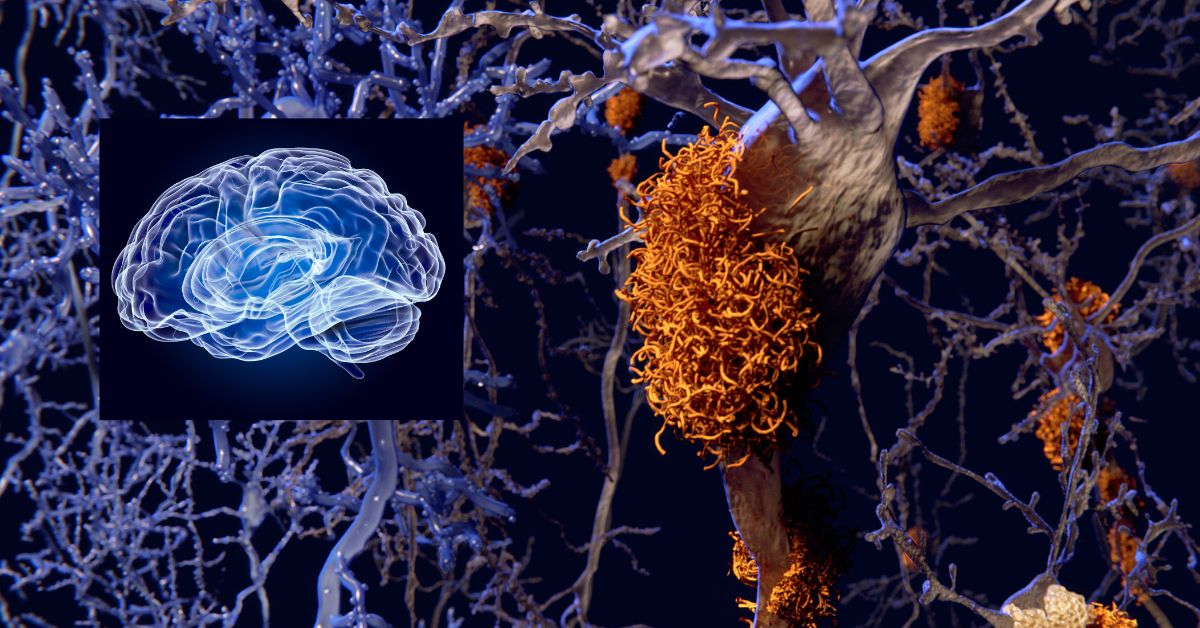
Peering Into the Cells of the Alzheimer’s Brain
It can be startling to consider that all the parts of an individual’s body and brain do not age at the same rate. A young person with otherwise excellent health can have a cardiovascular system resembling that of a person 20 years older than them, while a 65-year-old with the heart of a 30-year-old can develop Alzheimer’s disease, the most dreaded affliction of our time. Even different cell types within the same organ can age at different rates, and accelerated aging has been observed in organs with a vast array of diseases. Now we can confirm that Alzheimer’s disease is no different, and that rapidly aging cells in the AD brain coexist with younger cells. With results published in Nature, bioengineer Sheng Yong and others at the University of California, San Diego announced that they have developed a new research tool that provides a peek into the inner working of brain cells’ genetic interactions to very precisely determine how fast they are aging. Using the technique, dubbed MUSIC, with postmortem brain tissue, they were able to identify distinct patterns of aging in AD, in which oligodendrocytes age much faster than neurons and cells with accelerated aging are disproportionately abundant.

Wegovy and the Healthspan
Could GLP-1 receptor agonist drugs like Wegovy and Ozempic be the new miracle drugs? According to Wegovy’s maker Norvo Nordisk, more than 25,000 people start taking the drug every week, and a significant number of them have experienced sustained weight loss, better diabetes control and other benefits (sometimes with a fairly rare but serious side effect called gastroparesis). Released this month were the results of a clinical trial that confirmed that not only do the drugs cause weight loss and ameliorate the attendant problems of being overweight, Wegovey has significant cardiac benefits. As for the afore-mentioned gastrointestinal side effects, 17% percent of people dropped out of the trial because of them, but those who completed it reduced their risk of heart attack, stroke, or another cardiac event by an impressive 20%. Participants who didn’t lose weight on the drug still attained the cardiac benefits, suggesting that it has benefits beyond weight loss. Some have hypothesized that GLP-1s reduce inflammation, one of the main culprits in aging and a shortened healthspan. Daniel Drucker, who studies GLP-1 drugs at the University of Toronto, told CNN that insurance companies need to rethink their criteria for covering these drugs, considering the overall health benefits to those who can take them.

Cancer-Fighting Nanoparticles Cross the Blood-Brain Barrier
Great strides have been made in recent years with transforming cancer from a certain death sentence to a chronic disease that can to some extent be managed. Still, one in five people alive today will develop cancer and one in nine men and one in 12 women will die from it. One of the biggest challenges is treating cancer that has spread to the brain, because of an intricate filter of blood vessels called the blood-brain barrier. This network blocks chemotherapy drugs that have been seen to shrink or eliminate tumors in other parts of the body from entering the brain. But now researchers at Sylvester Comprehensive Cancer Center at the University of Miami, led by Shanta Dhar, have designed a nanoparticle that can breach the blood-brain barrier and deliver two cancer-killing drugs in metastatic breast cancer that has spread to the brain. By loading the drugs onto a biodegradable polymer and getting the particle into the brain, the drugs interfere with the tumors’ mitochondria function and essentially starve them of energy. The study is published in Proceedings of the National Academy of Sciences.

Climate Change and an Aging Population
As populations age at the same time the planet is rapidly warming, our globally aging population is on a collision course with extreme heat. Whether we’re talking searing heat waves in the US, India, Africa or Europe, people over 65 are the most likely to die from them, and the incidence of heat-related deaths is expected to rise well into the 21st century. Deborah Carr, a social scientist at Boston College, and a multidisciplinary team of experts in climate, sociology and environmental economics summarized data they collected concerning how the march of climate change will affect older people across the world. Their work illustrates how compelling the need is for nations, cities and communities to establish both climate-friendly policies and an emergency response to the needs of older people when heat becomes dangerous.
UPCOMING EVENTS
JUNE 5, 2024
Annual Brain Mapping Day at the US Congress
Focused on state-of-the-art Science, Technology, Medicine, Policy and Education
Melissa King will be speaking at this event
Brain Mapping Day – US Congress
Date: June 5th, 2024
Hour: 8:00 AM – 11:00 AM EDT
Place: Rayburn House Office Building, Room 2075
Address: 45 Independence Ave, SW Washington, DC 20515
Southwest of the U.S. Capitol, bounded by Independence Ave., South Capitol St., First St., and C St., S.W.
JUNE 13-16, 2024
Longevity Summit Dublin 2024
In Partnership with LEV Foundation
Longevity Summit Dublin returns JUNE 13-16, 2024
For four days in JUNE, in-person networking and talks about rejuvenation biotechnology and longevity. Speakers will include several well-known luminaries of the longevity world, including Matthew “Oki” O’Connor of the SENS Research Foundation, Reason of Fight Aging, and Dr. Irina Conboy, a pioneer in plasmapheresis for rejuvenation. Lifespan.io joins many other partners of this event, including VitaDAO, Ichor, and Rejuve.ai. Attendance will be 995 Euros.
Register now at longevitysummitdublin.com and use the discount code LIFESPAN at checkout for 100 EUR off!


